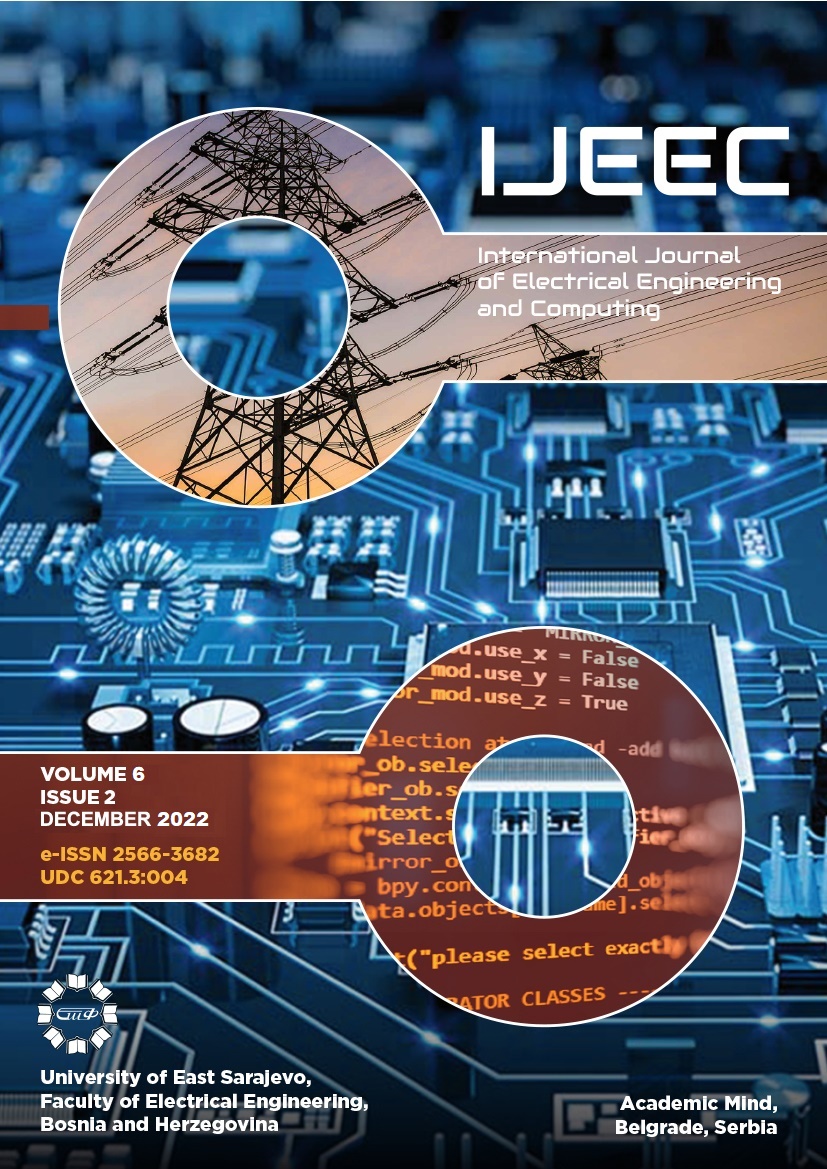The Hazard of Electric Field Increment in the Damaged Silicon-Rubber and Porcelain Insulators
DOI:
https://doi.org/10.7251/IJEEC2202048SAbstract
In power transmission lines, it is necessary to isolate the inherent voltage parts from each other and from zero potential. An insulator is defined as having a high degree of electrical insulation between the conductors and the brackets. Insulators also allow for mechanical conductivity of the conductor and ground. The presence of a broken insulator can alter the stress distribution. In this paper, the effect of mechanical insulation cracking (chattering) on electric field in two common types of insulators (porcelain and silicone rubber) and electric potential distribution models are analyzed. First, the electric field and electric potential patterns in the solid insulator are examined. In the following, the insulator is assumed to be broken, and the electric field and electric potential patterns for a broken insulator relative to the basic insulator shape are illustrated and compared. The results show that the presence of insulation cracking under dry and environmentally benign conditions affects the stress distribution pattern within and around the insulator. Finally, a comparison between the effect of fracture on the electric field and the potential distribution patterns in different parts of the insulator is discussed in detail.

